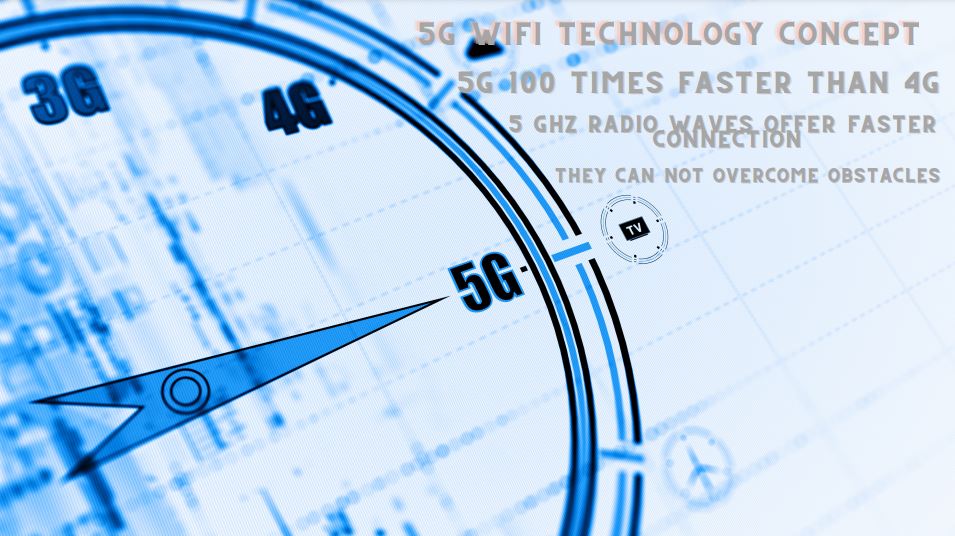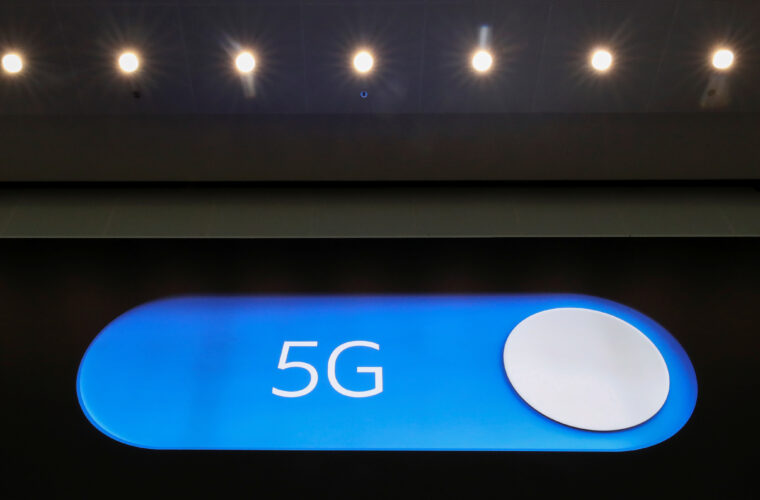What is Wi-Fi?
The Wi-Fi Alliance first introduced Wi-Fi in 1998. But it took about a decade to become mainstream.
Contrary to popular belief, Wi-Fi does not mean “wireless fidelity” over its absence of cables etc. It is a trademark, used for marketing purposes, for this technology based on the IEEE 802.11b standard used for wireless radio networking.
So, all devices connected to a Wi-Fi network carry data with radio signals circulating through the network. Wi-Fi radio frequencies broadcast at 2.4GHz or 5GHz. Networks in the 2.4GHz band have a maximum speed of 450Mbps, while 5GHz networks reach 1300Mbps. These are the theoretical speeds, but they vary depending on the conditions.
What does the Wi-Fi router do?
The Internet is connected to your home through a complex network of underground cables. (Those) Remember that before the advent of Wi-Fi, the only option for an internet connection was to use a cable. With Wi-Fi the connection coming to our house with cables begins to circulate in the air. How is this done? With our well-known router.
The router is the central hub of your home network. Connects directly to your network cable or via modem. All incoming and outgoing traffic is transmitted through the router.
Wi-Fi radio frequencies through the router are converted into radio waves used to transmit and receive data from your connected devices. They often run-on Linux-based operating systems. Most of them have a web page (with internal IP) to manage the settings of the device but also to monitor the activity of your network.
Although different, all routers have at least one CPU (Central Processing Unit). One or more microprocessors are responsible for executing operating system commands, initialization operations, packet routing, and network interface control.
Routers belong to layer 3 (OS 3) of the OSI (Open Systems Interconnection) model, the network layer (Network Layer).
Each router uses one or more routing protocols. Based on these protocols, the router determines which server or routers are most appropriate at any given time and routes the data packets to them.
Some well-known routing protocols are: RIP, OSPF, BGP, IS-IS
Router hardware
The device we call “router” is actually at least four devices in one:
- A modem that connects us to the internet
- A network switch to which all the wired devices we have on the local network are connected.
- A wireless access point for all wireless devices on the local network.
- And finally, the router that connects all these different networks to each other.
Some routers support both frequencies, but some only support 2.4 GHz. Many home appliances operate at or near 2.4 GHz.
For example, microwave ovens, cordless phones or even neighbours’ routers, if we live in an apartment building. As a result, if our router only supports this frequency and such devices are nearby, we may have interference.
5G router technology
We will soon hear a lot more about 5G. It is a cellular standard, successor to 4G LTE and 3G. 5G means “fifth generation”, as it is the fifth generation of this standard. 5G is designed to be much faster and have a lower latency than 4G LTE.
So 5G is a new standard, and it has nothing to do with Wi-Fi. 5G will be used for cellular connections, and future smartphones will support 5G and 5 GHz Wi-Fi. But today’s smartphones support 4G LTE and Wi-Fi at 5 GHz.
5GHz is one of the two frequencies for Wi-Fi

Wi-Fi has two frequency bands that you can use: 2.4 GHz and 5 GHz. The frequency of 5 GHz is newer. It was widely used with the Wi-Fi 802.11n standard, which was first released in 2009, but we continue to find it on modern Wi-Fi networks such as 802.11ac and Wi-Fi 6.
5 GHz Wi-Fi is great. It offers more channels that do not overlap, which makes for much less congestion. It is great in places with a lot of Wi-Fi congestion, such as apartment buildings where each apartment has its own router. Wi-Fi at 5 GHz is also faster than Wi-Fi at 2.4 GHz.
But despite the slower speeds and increased congestion, 2.4 GHz Wi-Fi has its advantages. The 2.4 GHz frequency covers an area greater than 5 GHz and is better because it passes through walls thanks to the larger radio waves. 5 GHz radio waves offer faster connection, but cannot overcome obstacles.



